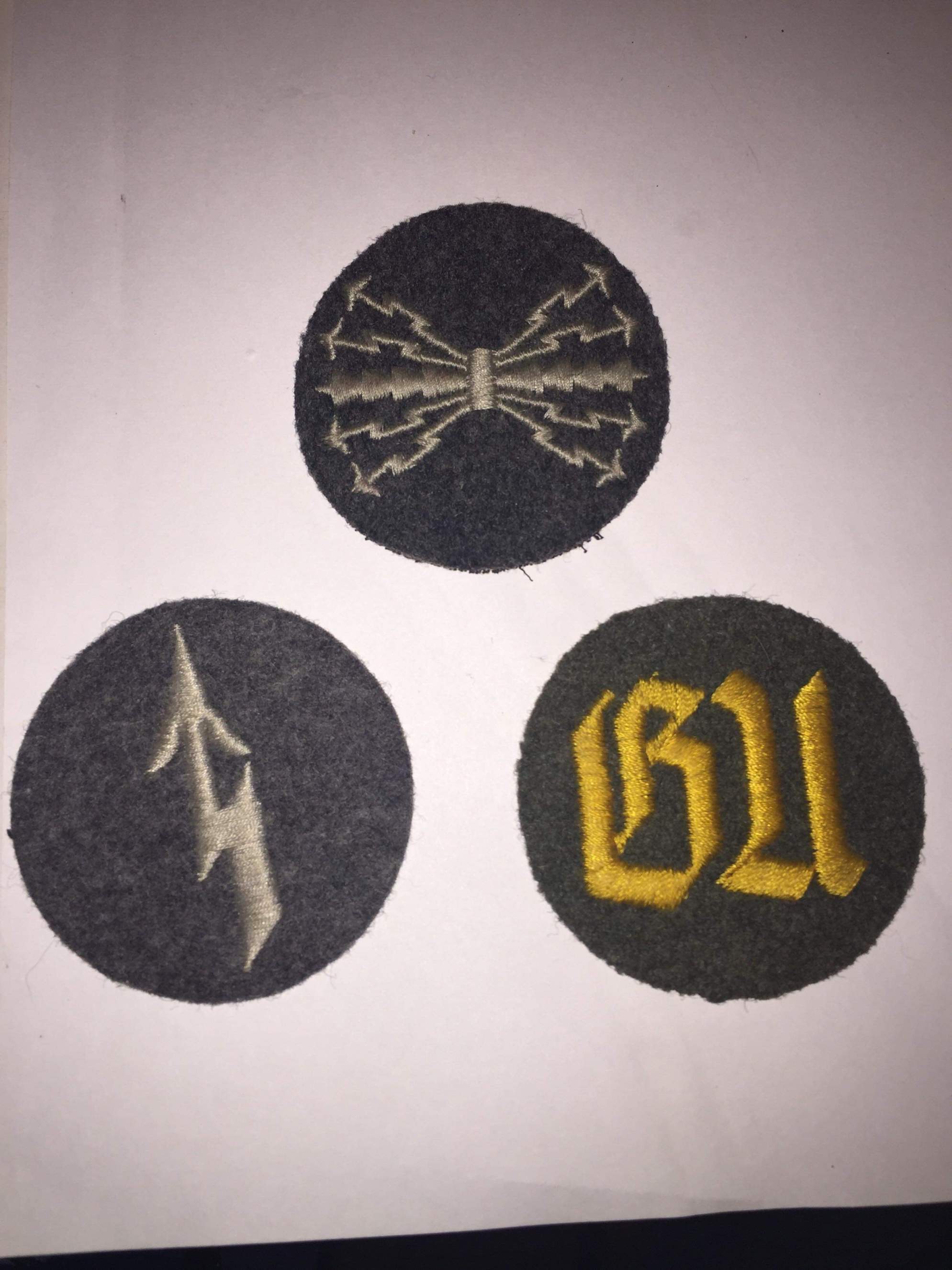Jan 24, 2009 Page 138 of 447. Jump to page. The third assistant apparently walked behind the prisoner covering his eyes. It is possible that they started covering the eyes of the condemned after some struggled after they saw the fallbeil and its raised blade (there was no blade shield on the Pankraz fallbeil). ↳ Life in the Third Reich & Weimar. DAF Flag Standard – Neustadt-Ost IV #138». The silver bullion fringe is in exceptional condition and the corner patch is nicely chain stitched – Neustadt-Ost IV. After the Nazi-organized 1933 May Day labor celebrations, the Third Reich not.
Contents • • • • • • • • • • • • • • • • • • • • History [ ] Origins [ ] The SD, one of the oldest security organizations of the SS, first formed in 1931 as the Ic-Dienst (Intelligence Service ) operating out of a single apartment and reporting directly to. Himmler appointed a former junior naval officer,, to organise the small agency. The office was renamed Sicherheitsdienst (SD) in the summer of 1932. The SD became more powerful after the took control of Germany in 1933 and the SS started infiltrating all leading positions of the security apparatus of the Reich. Even before Hitler became Chancellor in January 1933, the SD was a veritable 'watchdog' over the SS and over members of the Nazi Party and played a critical role in consolidating political-police powers into the hands of Himmler and Heydrich.
Growth of SD and SS power [ ]. • The 'Ic' abbreviation in German military staff structures designated 'military intelligence' • Following the Sudetenland Crisis, the SD then took part in operations against Poland. • For more on the creation of this organization, see: Browder, George C. Foundations of the Nazi Police State: The Formation of Sipo and SD. Lexington, KY: University of Kentucky Press, 2004, [1990].
• At the end of March 1941, Hitler communicated his intention to 200 senior Wehrmacht officers about his decision to eradicate political criminals in the occupied regions, a task many of them were only too happy to hand-over to Himmler's Einsatzgruppen and SiPo. • Victor Klemperer, one of the few Jews who survived the Nazi regime through his marriage to a German, claims that the real enemy of the Nazis was always the Jew, no matter who or what actually stood before them. • From September 1939, the Einsatzgruppen came under the overall command of the RSHA. See: Nuremberg Trial, Vol.
• Twenty-four Einsatzgruppen commanders (men with the SD sleeve diamond on their uniforms) were tried after the war, becoming infamous for their brutality. • So severe were the interior policies of the Nazis under the watchful eye of the Department III, that when slave labor was brought into Germany to supplement the workforce during the war, German citizens who showed any kindness to foreign workers by giving them food or clothing were often punished. • The SD also maintained local offices in Germany's cities and larger towns. The small offices were known as SD-Unterabschnitte, and the larger offices were referred to as SD-Abschnitte. All SD offices answered to a local commander known as the Inspektor des Sicherheitspolizei und SD who, in turn, was under the dual command of the RSHA and local. • Many leading men in the SD had broad-ranging responsibilities across the network of interlocking Nazi agencies charged with the Reich's security; proves a telling example in this regard, as he was not only an SD functionary, he was also an ' Einsatzgruppen-organizer,' the head of the military government in France, and 'the Reich Plenipotentiary in Denmark.' Citations [ ].


• ^, pp. 140–144. Klyuch aktivacii nano antivirus. •, pp. 166–167. •, pp. 410–411. •, pp. 56, 57. •, pp. 191–194.
•, pp. 47–51. •, pp. 93–131. •, pp. 60–63. •, pp. 67–78. •, pp. 582–600. •, pp. 309–313.
Most Popular Articles
- Dvd Video Soft Activation Key
- Fleet Maintenance Pro 14 Serial Number
- Podelka Knizhka Malishka Ya I Moya Semjya
- Download Nfs Mw 2012 Fixer
- Wiz Khalifa Reefer Party Hd Video Download
- Norton Trial Reset 2018
- Ticket Creator Keygen Crack Serial Generator
- The Alchemist Book In Marathi Pdf Software Free Download
- Mutilate A Doll 2 Unblocked
- Bernina Embroidery Software V5 Cracked Heels